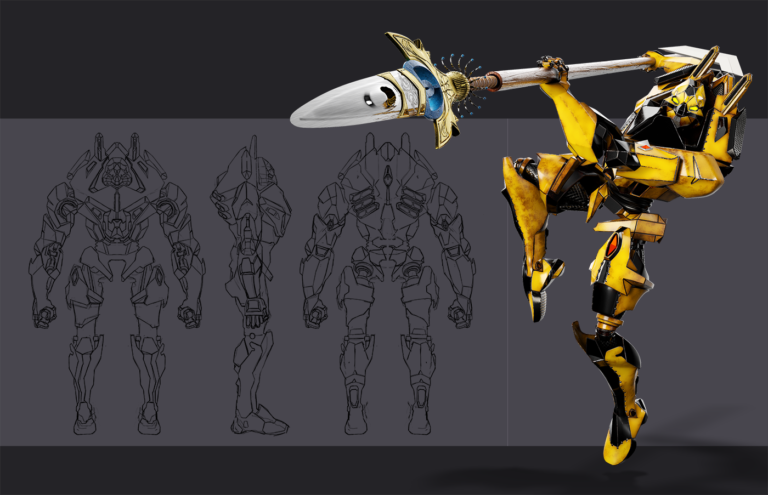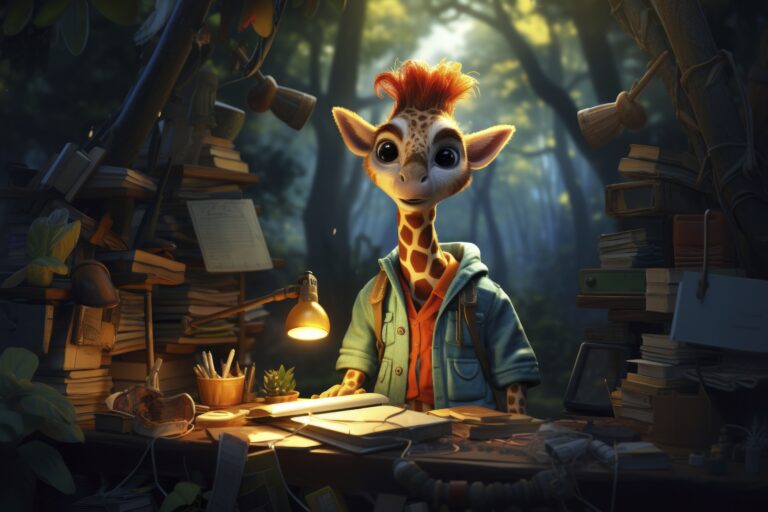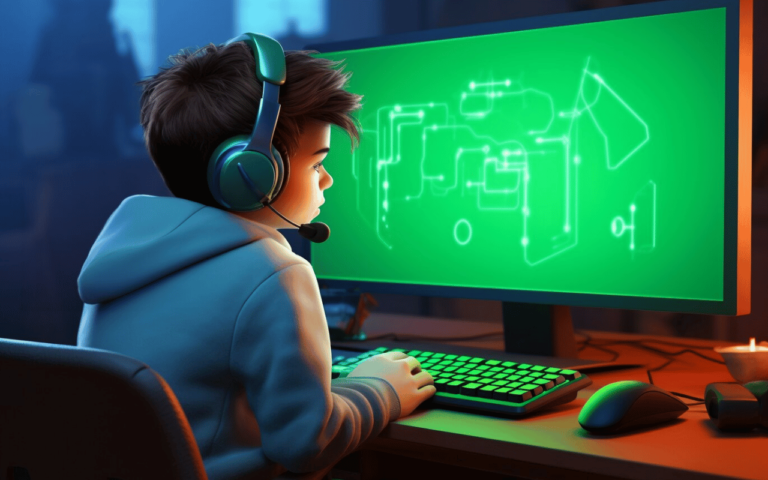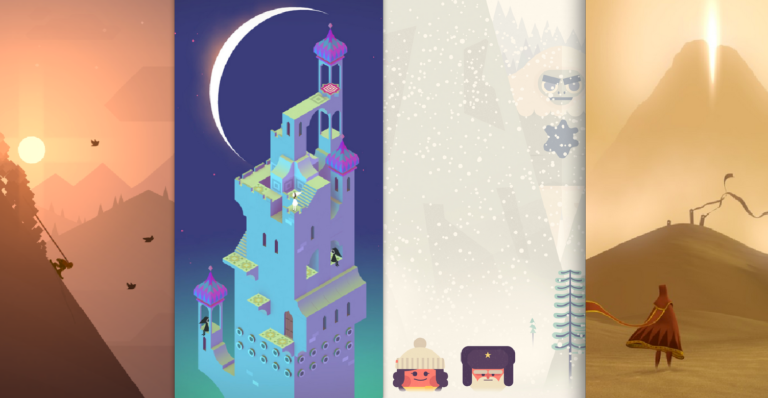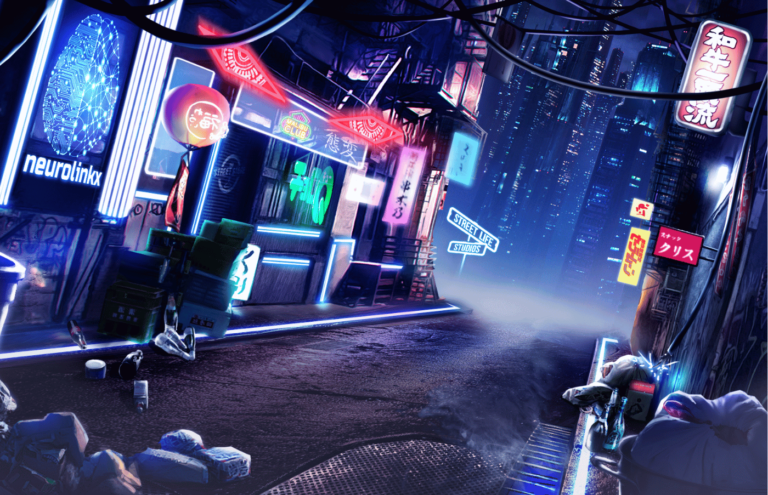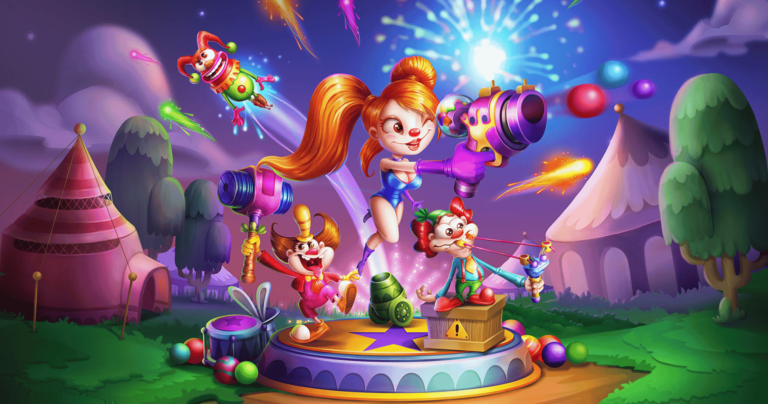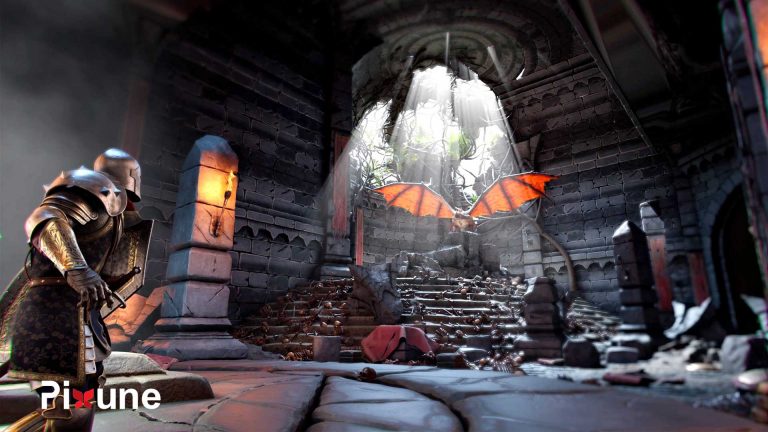Before talking about how to make a board game, let’s go through some basics. Board games industry is now bigger than it ever has been throughout the history of its being. Million dollar sales, conventions with thousands of attendees, Kickstarter projects that get backed in seconds, and YouTube channels with thousands of subscribers shows us that board games are alive and kicking!
Any industry with this scope of potential is absolutely a delicious meal to the hungry eyes of any aspiring person who wants to be a part of this medium. Almost any board game player, new or veteran, had the idea of making a board game.
If that’s the case, which might be the reason you are here in the first place, I’m here to give you an insight that helps you start with your vision. Reading this article can be the gateway of your first/next board game; so, come along and let’s see what are the procedures that we have to go through to create a board game.
13 Main Steps of Making a Board Game
If you want to make a board game, it can be as complicated or as simple as you like. The points that we are going to cover in the following segments are the most logical order of things that the experienced designers suggest.
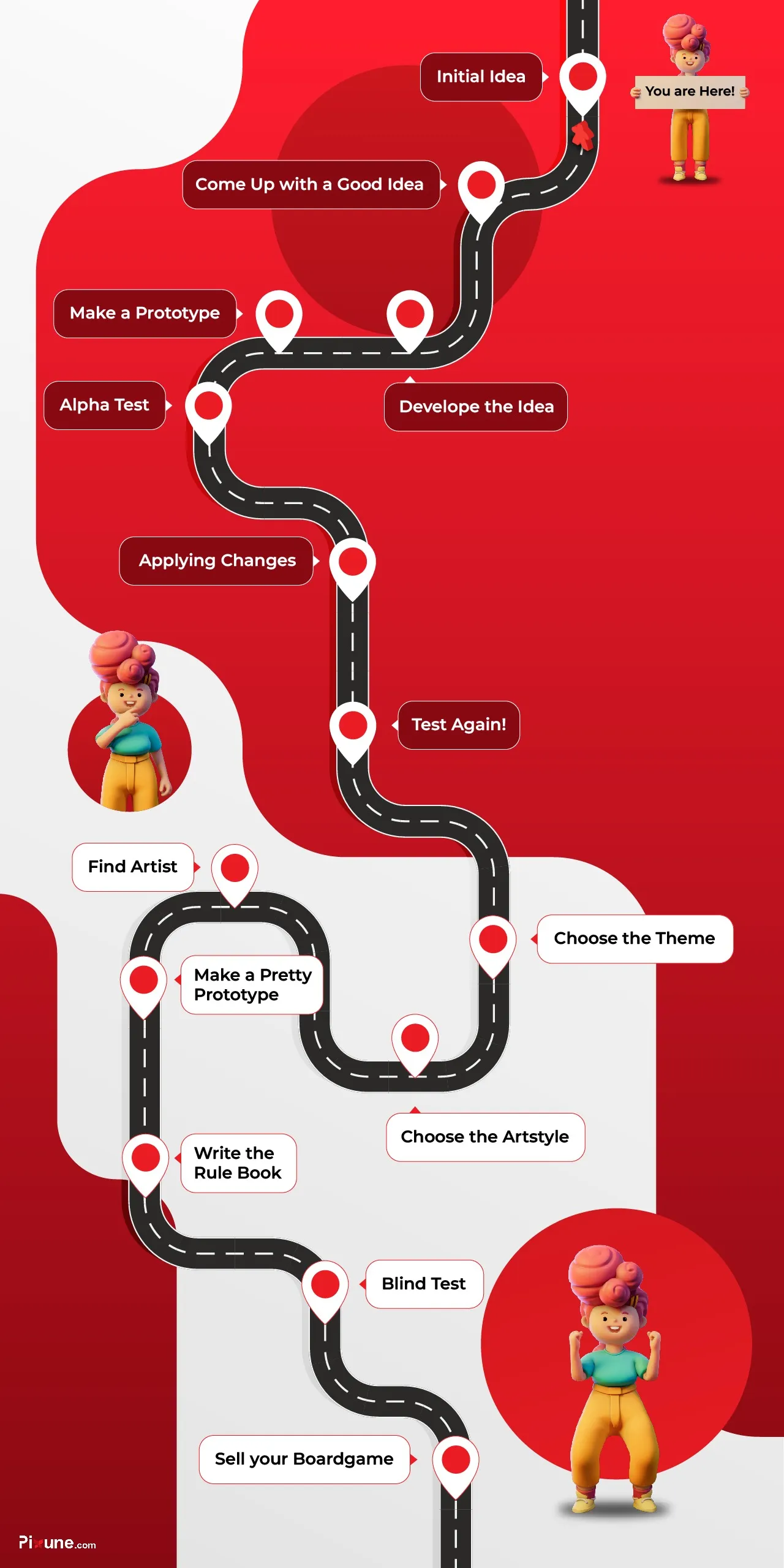
Initial Idea
This is the step that no one can skip or escape from. You must have the idea of what you want and are going to do in your new game. In these very first steps, think about the idea and try to check some boxes before you act on it. Let’s talk about them in the following lines.
What are the Qualities of a Good Board Game Idea?
- Make sure it hasn’t already been done in a better and more dedicated way by other designers and/or publishers.
Avoid making games that aren’t practical. It might be fun to make a game about battle cars, but trying to make a board game with battle cars is not going to happen! (Unless there is no end to your pocket and you have an unlimited budget and making such a game would be no problem to you! If that’s the case, please let me play it too!) - Try to achieve, not impress. If you want to impress people, your game might land in the wrong place and leave a bitter taste for the audience of your game; first games are not for impressing people, it’s about finding your way in the industry. Although, if you try to do something tangible and achievable that is done perfectly with a good idea and execution, your handiwork may even be the next big thing and impressive at the same time (don’t get your hopes high though).
- Don’t follow trends, make something you like. Trends are deceiving and as the name suggests they come and go fast. Don’t try to go after what is booming today, because that might go as soon as you are done with your game. On the other hand, the trends are overdone by big publishers and the battleground is full of competitors with fierce force. Your chance of making a good game that is in your favorite genre is most likely way higher than something that is trendy but is not in your field of interests.
- Don’t aim too high. The bigger the scope of your game, the more demanding it will be; that is not something you want to deal with for your initial project. Keep it simple and manageable so you can deliver it.
How to Come Up with a Good Board Game Idea?
An idea could be inspired by anything but there are some situations which can accelerate the process of growing an idea for your new game.
Play!
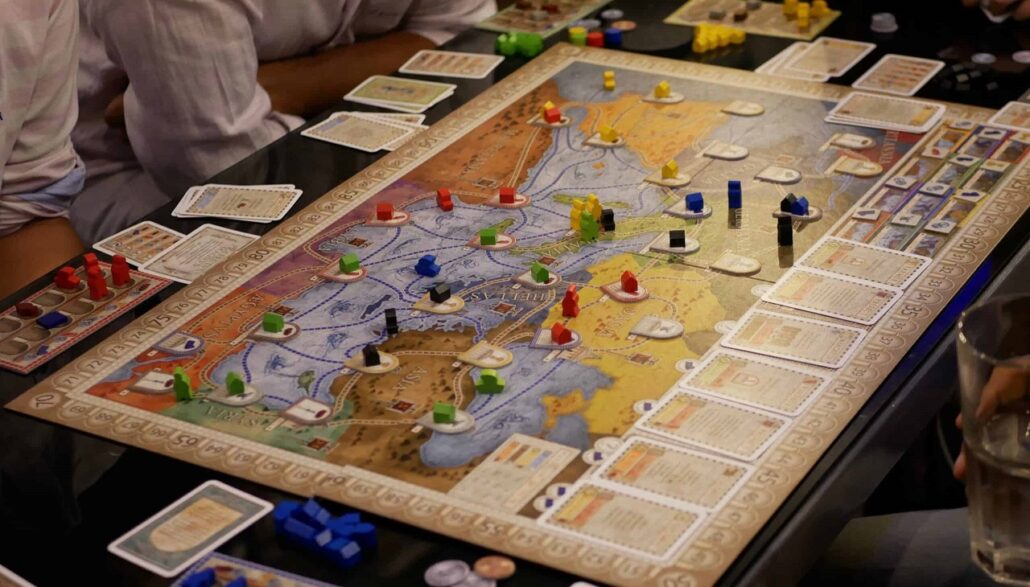
Nothing can motivate you to make a game like playing one. There is no better instructional phenomenon than the main source material itself. Playing games can expose you to new ideas, new mechanisms, new perspectives, etc..
Don’t be too picky about games you play when it comes to learning about them. Play bad games, good games, old or new, famous or underrated ones; each single one of them has something to teach you.
Focus on learning what they have done and try to reverse-engineer the designer’s idea. Grow a quench for learning and act like you are at a classroom session why you play. The more you play, the more experienced you become. Over time, your inner designer develops a secret-passive-attribute that allows it to dissect games on the spot.
Read and Study
Congratulations! You are a step ahead from the competition as you are doing this step even by reading this article on how to make a board game. You can find a lot when you read about the subject of how to make a board game, as there are thousands of written words that can guide you to your goal.
Go on the BoardGameGeek (BGG) site and drown yourself in the oceans of forums that can be helpful to you. You can also easily find other online resources by a simple search.
Study the game design books and try to do their training homeworks to improve your skills.
What are the best books about designing a board game?
Book Title | Authors |
|---|---|
The Kobold Guide to Board Game Design | Mike Selinker and The Kobold Crew |
Board Game Design Advice from the Best in the World | Gabe Barrett |
Tabletop Game Design for Video Game Designers | Ethan Ham |
Game Design Workshop: A Playcentric Approach to Creating Innovative Games | Tracy Fullerton |
Challenges for Game Designers | Brenda Brathwaite and Ian Schreiber |
The Art of Game Design: A Book of Lenses | Jesse Schell |
Designing Modern Strategy Games | George Phillies and Tom Vasel |
Watch
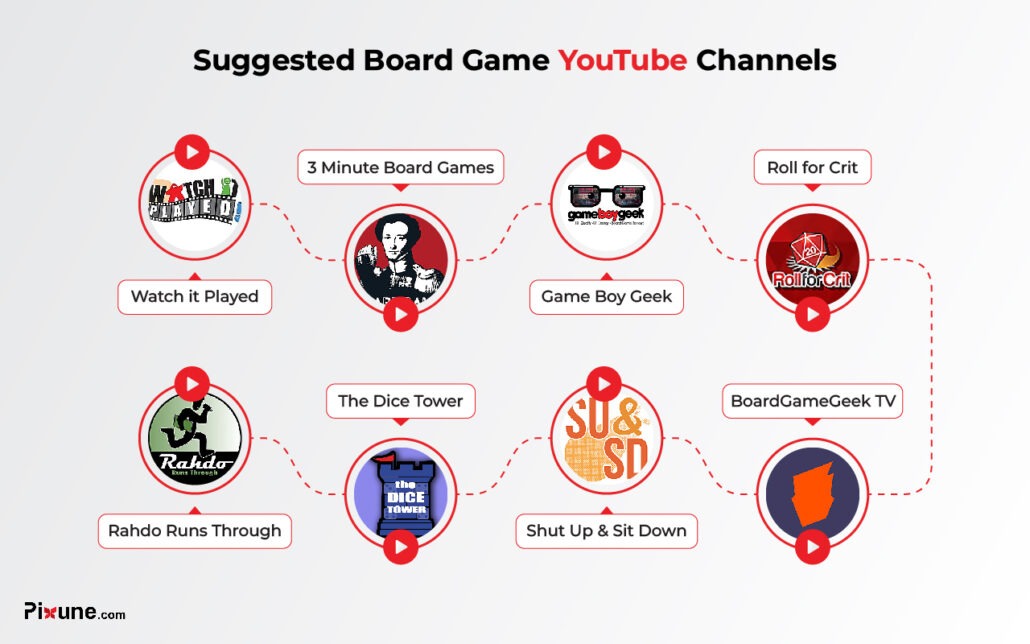
YouTube is the biggest free university in the world. Take advantage of technology and watch videos about board games. Every single video about a board game, no matter it is a review, how to play, listing etc., they all passively are giving you an idea of how to make a board game.
Watch playthroughs of games you don’t have or can’t find to find out more about the ones which are not accessible.
Look for new ideas in review of new games. Look for cool ideas in the listing and top X lists of old games. See what the audience loves and adores today and go after learning what is great about it. Learn to avoid the mistakes of others by watching negative reviews.
Look at board game design contests videos and see what people are thinking and making, and try to learn from them.
Learn about the Board Game Industry Standards
You should know the market and what is going on in it. You can’t enter the world of board games and board game design without knowing the ins and out of it well.
The more you know what people are doing and look after, you can’t survive or even rise up. Don’t kill your chance with an old idea which is overdone.
Kickstarter is a free case for excellent market study that you absolutely should check and analyze.
Analyze the Board Game Market to find Gaps
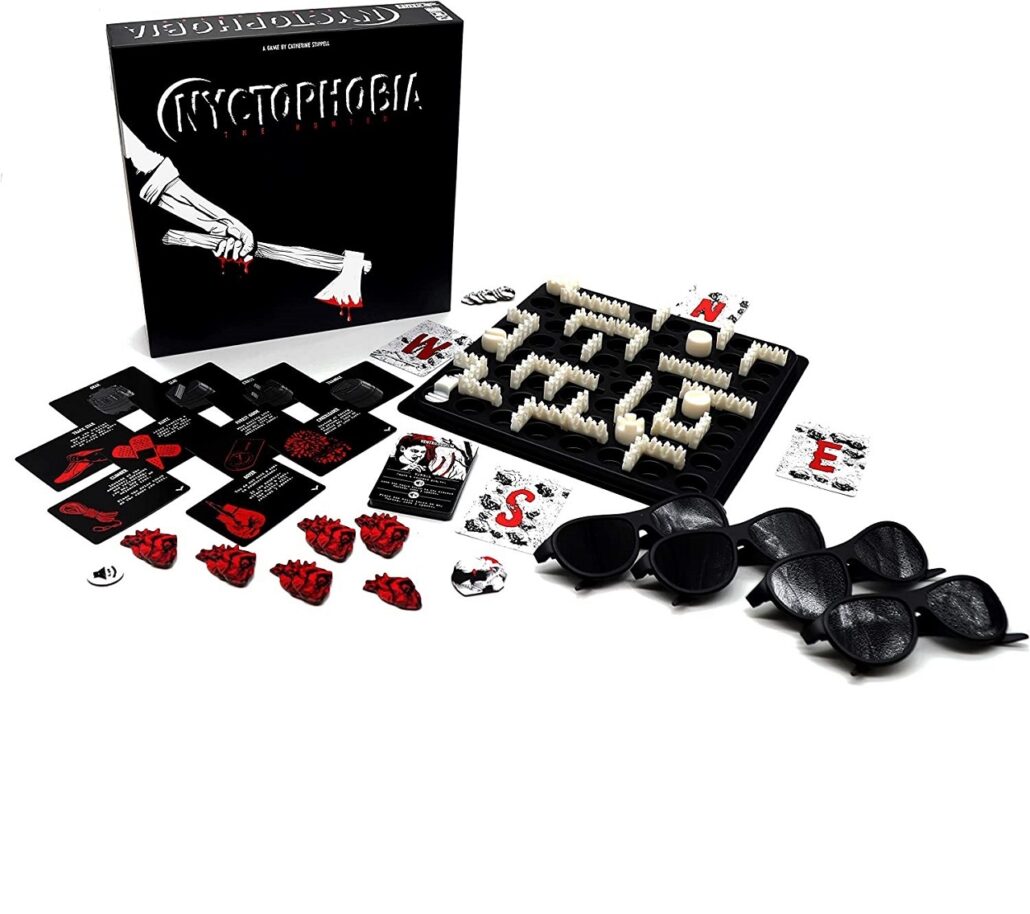
Be creative and use the edges that other designers/publishers are lacking. You can go after niche markets and make a game for forgotten audiences. For example, let’s take a look at Nyctophobia; a game in which players should play blindfolded and try to escape from the killer in the woods.
The designer of the game, Catherine Stippell, always had to try to integrate house-rules into board games since she was a teenager so her blind uncle could play with them. After all those years, she finally made a board game based upon the idea that a blind player can play and enjoy as it is.
She even put the idea into a matching theme. Accessibility was her main concern and the outcome is something niche and interesting. Although, gameplay is not that replaybale and that much engaging and polished, the idea behind it, made it big and well-known among masses.
As a publisher it's always exciting to see someone have the experience that we wanted to create. Nyctophobia was a giant leap off of the edge of a cliff as a design because it doesn't fit neatly into any of the boxes you would put a hobby game into. With something like Dinosaur Island we sort of "know" that the game is going to resonate with people because it's a very strong design in a category that people generally enjoy. With something like Nyctophobia it's really asking players to join us in a very different experience, and it's been nice sort of seeing the BGG reviews come in pretty good and read stuff like this.
From Pandasaurus Games, the publishers of the Nyctophobia
It’s not going to be a game for everyone, but it’s really nice seeing the game resonate for all the reasons I fell in love with it personally. So, you don’t have to design the biggest game ever to be successful, an overlooked good idea can give a great jump-start and be the edge you need for your first entry to the industry.
Brainstorm and Write Down Your Ideas
You never know when your big ideas come and worse,you don’t know when they are going to fly away forever. Write down your idea somewhere, even if it’s in the middle of your nightly daydreaming in bed; trust me, our brain is more forgetful and less trustworthy than it seems.
After gathering the ideas, outline them and digest them deeper later so you can find the best ones among them
Develop the Idea
When you gather your best idea(s), it’s time to develop them in how to design a board game process. There are some steps toward this goal so let’s check them out.
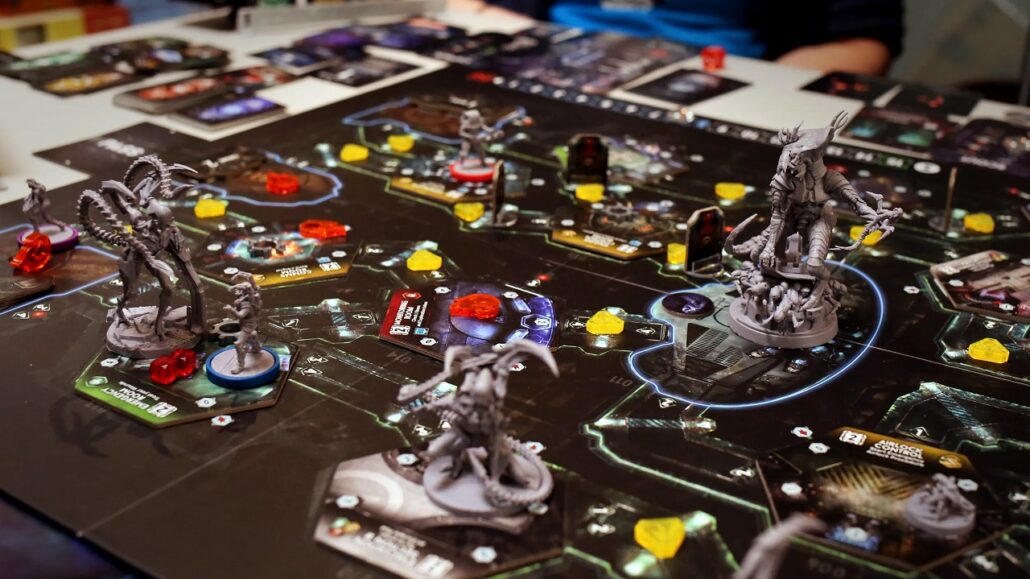
Choose Your Approach
You can’t improve on an idea which is not totally tangible and set. You have to decide what your game is going to be, at least for now!
Settle on a genre and player count and mechanisms, so you can have a setting that can be worked on.
Choose if the game is going to be competitive or cooperative and try to develop your idea based on these choices.
Try Out the Mechanisms
Put all those ideas you ever had up to this point to a practical format: a game! After tailoring your idea via cardboards and tokens; you have to try them to see if they work. You can do the following to ensure that your first and fundamental steps are solid:
Test the Game Solo
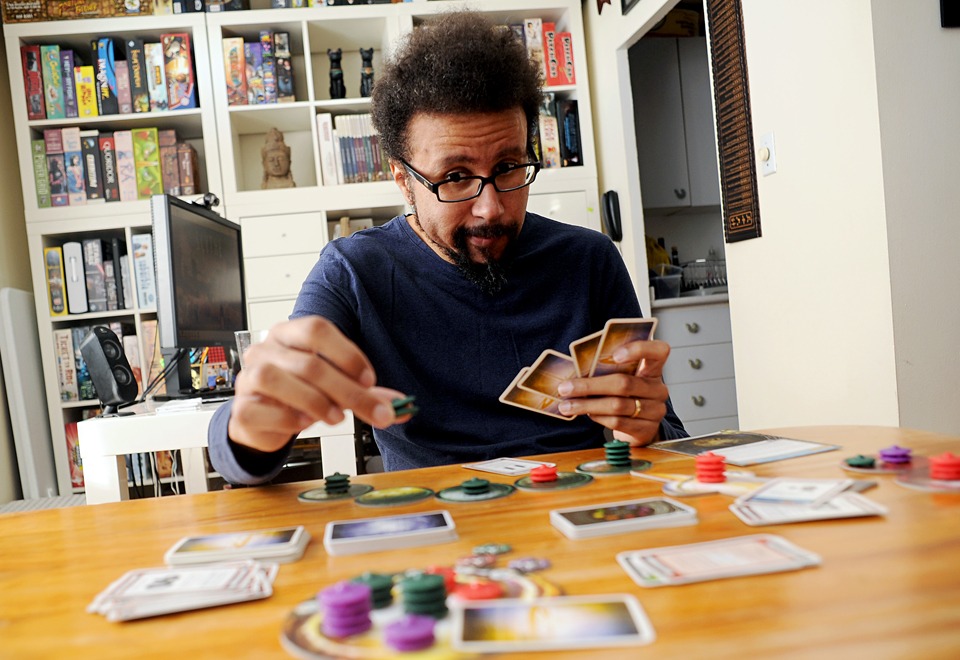
It doesn’t matter if your game is competitive, cooperative, solo-only or semi-cooperative, try it out by yourself and play as every player personally. See what works well and what is broken.
Some drastic changes may occur during this step; you may decide to change the whole genre or a core mechanism, because you feel it will work better in that state.
Don’t Be Afraid of Paradigm Shifts and Changes
Changes should be applied when needed, without holding back even if they appear huge. This is part of the nature of these steps, and no one can judge what is best for you than yourself.
Even if you think everything is fine, try something new with the game and see if these additional aspects are giving the game something better or not.
Even go out of your way and try the gameplay without some core-mechanism which you have chosen before and see if that helps or not.
Describe the Rules and Game to a Friend
It’s good to pick someone’s brain over your idea now. Describe the lore, rules, and gameplay to a confidant/friend and ask what they think of it. But be careful not to rely too much on one person’s idea though.
Board games are all about the different tastes and your friend might hate it right away, or praise it too much. Don’t hang on those ideas too much; but see what they have to say about it.
Come Up with a Initial Design
After all these steps, wrap your mind about a final-initial design. This is the state that your game should be for alpha tests. In order to do such a thing, you need a prototype; so, let’s talk about prototypes now.
You can also learn some precious lessons from Jamey Stegmaier, designer of games like Scythe, Viticulture and owner of Stonemier Games.
How to Make a Board Game Prototype
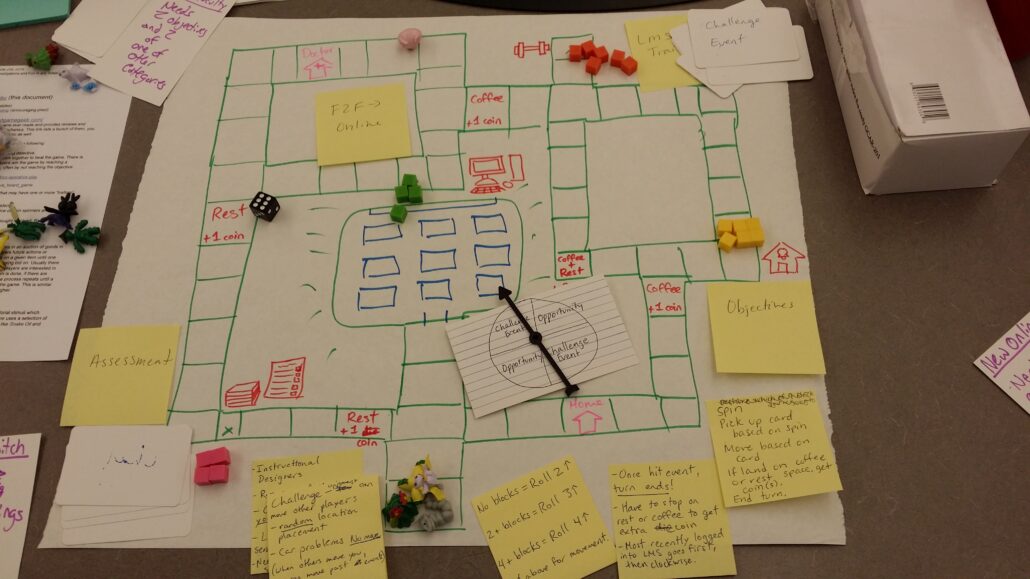
You need to make the first prototype of your board game as simple as it can be. Depending on the design of your game, you may need items such as cardboard, paper, markers, scissors, glue, and other materials. You may also need to purchase game pieces or dice.
But try to use DIY and items that can be found in your house. The purpose of your alpha prototype is to be destroyed and edited.
It must be cheap and expendable, so you can easily get rid of it and make new ones with new changes that you will need. Because you will change things a lot throughout the initial public tests.
Try not to apply any art to it, as its purpose is to deliver rules and gameplay. Don’t try to sugar-coat anything so people can see only what is within the core of the game.
Alpha Test
Testing is the vital point in any design process. This is the place where you should see how things really work and what needs to be changed, what bugs are in the way, and what is good enough to be kept or expanded.
Keep these points in mind if you want to have a successful testing phase:
Know How To Explain Rules Fluently
If you can’t teach your game well, no one else can! There is no rule book or video to help them and the only teaching source is you. So, if you can’t deliver what is in your mind well, the test will be pointless.
Practice teaching your game beforehand and see if you are ready to explain the game and answer the audience’s question.
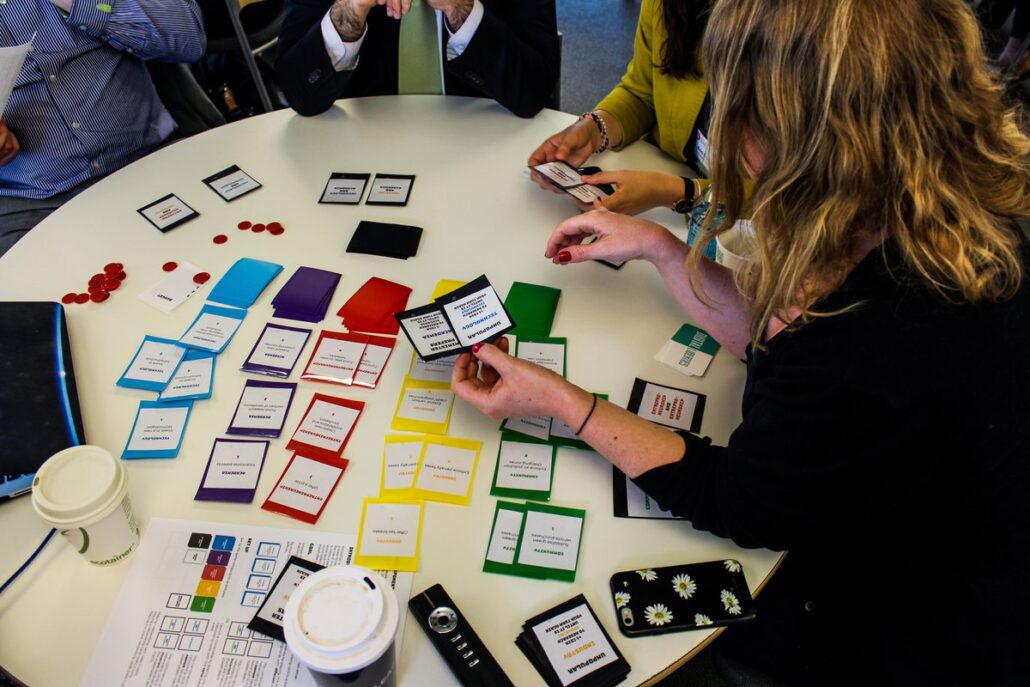
Invite the Playtesters to be as Critical as They Can Be
If your playtesters are going to hold back on the ideas and don’t feel safe to share their opinion honestly, the test is worth absolutely nothing.
Try to hear out their points and write them down; even the tiniest point may change the paradigm of your game and its outcome.
Do Not Defend Your Ground!
If the playtesters are complaining about something in your game, hold back your thoughts and never defend the mechanisms and gameplay elements. Just note them down and investigate if that problem is irritating or tangible by other people as well.
Keep in mind, if you defend your idea; they are going to hold back about other negative opinions, hence, the previous point is going to be futile.
Try Different Groups of People
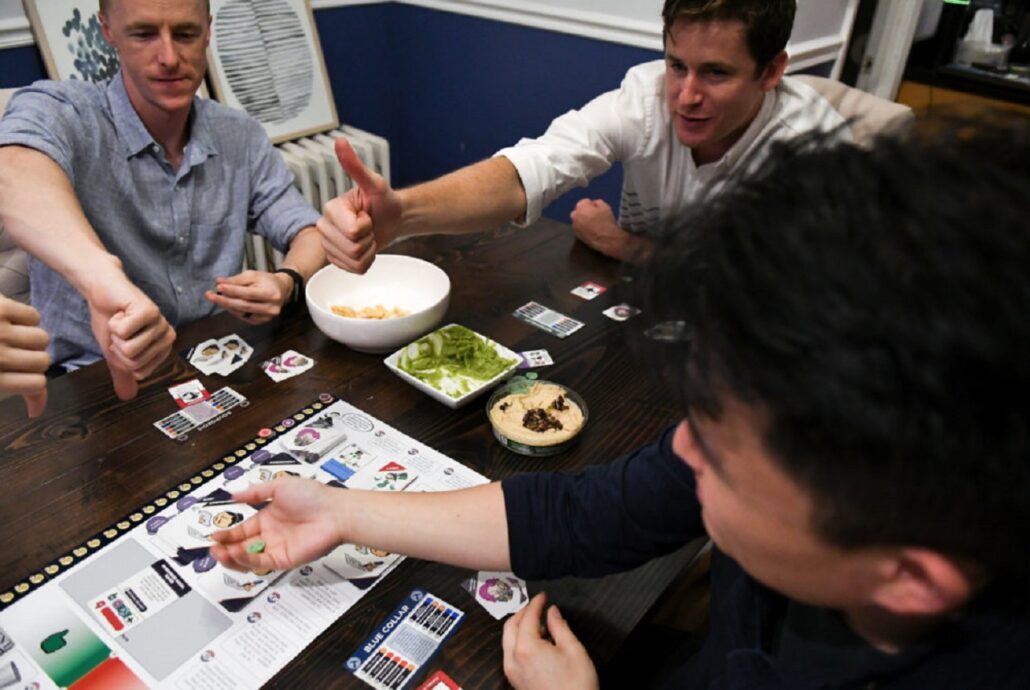
It is a good idea to pick the playtesters from different groups. If your audience comes from a wide range of people and gamers, more diverse ideas will be given to you.
But be sure to check with them and try to stay in touch with them for future tests as well.
Ask Them About The Gameplay and Ideas After They Are Done With the Game
Some people may not be so vocal during the course of a game or even after it. It is your duty to do a survey and ask about their opinions. Try to extract their opinion and preserve their answers.
Remember to write everything down so you don’t miss a single point. Their opinions are the most valuable asset to you.
Even consider making a questionnaire and hand them out after the testing session so you can have everything in written form.
Apply Changes
After the initial testing, you have a lot to do. Try to analyze every opinion and information you gathered during the previous step and apply them and test them yourself.
Try everything in every combination so you can reach the optimal form of the gameplay for your game.
In this step, try to add graphic and thematic ties slowly and give your game a more finalized format.
Test Again!
After applying the changes you have to gather playtesters and see if your new mechanism and changes have improved the game or not.
Repeat the 'Applying Changes-Test' Cycle Until the Success is Achieved
You have to go through this loop until you are satisfied with the gameplay and finalize the changes.
Wrap Your Mind About Characteristics of Your Game
In this step you should finalize your choices for following factors:
- Player Count
- Genre
- Mechanism
- Age
- Audience
Choose the Theme
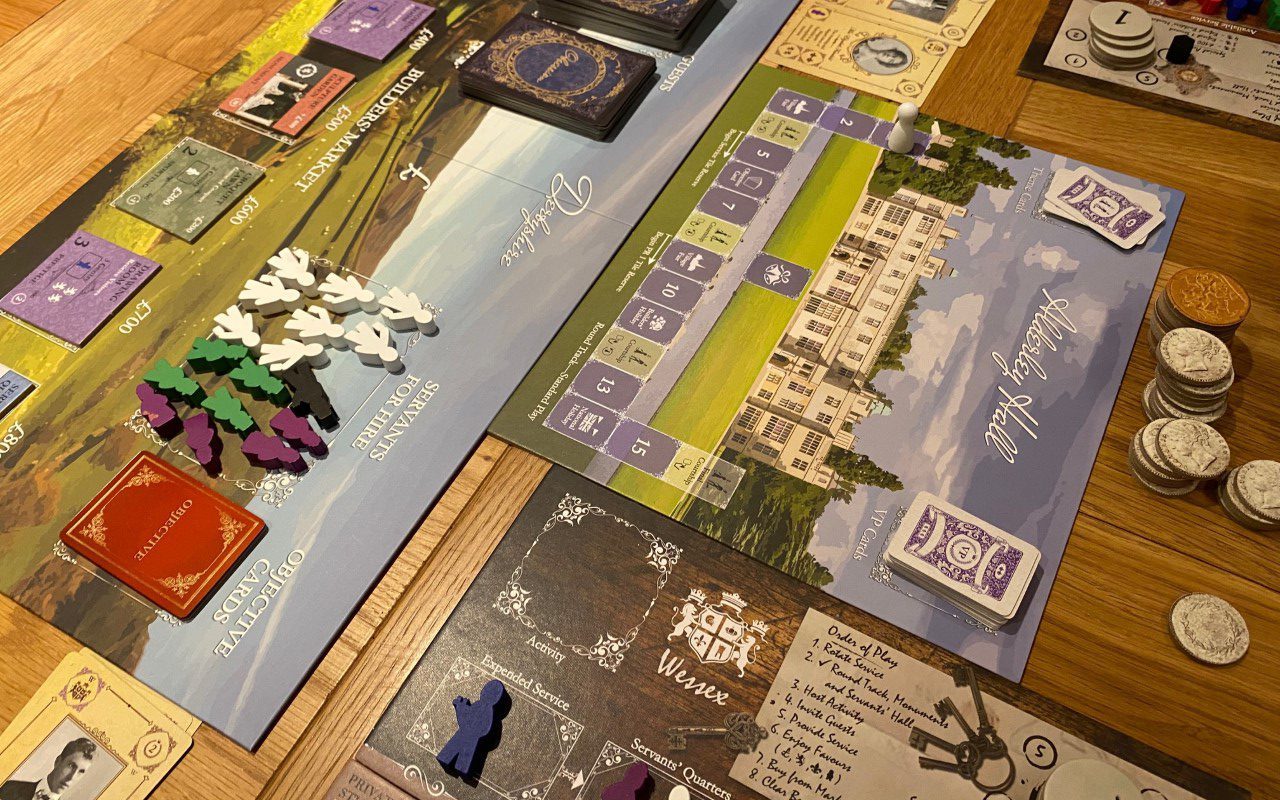
In this step you should wrap your mind about the theme and atmosphere of your game. You should ensure that the theme and mechanism are entwined well or you are going to have a disconnect that leads to a lack of immersion.
Keep in mind that a fresh theme can give you an edge to your competitors in the market and can outshine your game.
Try to apply the themes you have in mind and see if they work with your core gameplay. Your next step depends on this choice as well.
Make a Definitive Choice About the Art Style
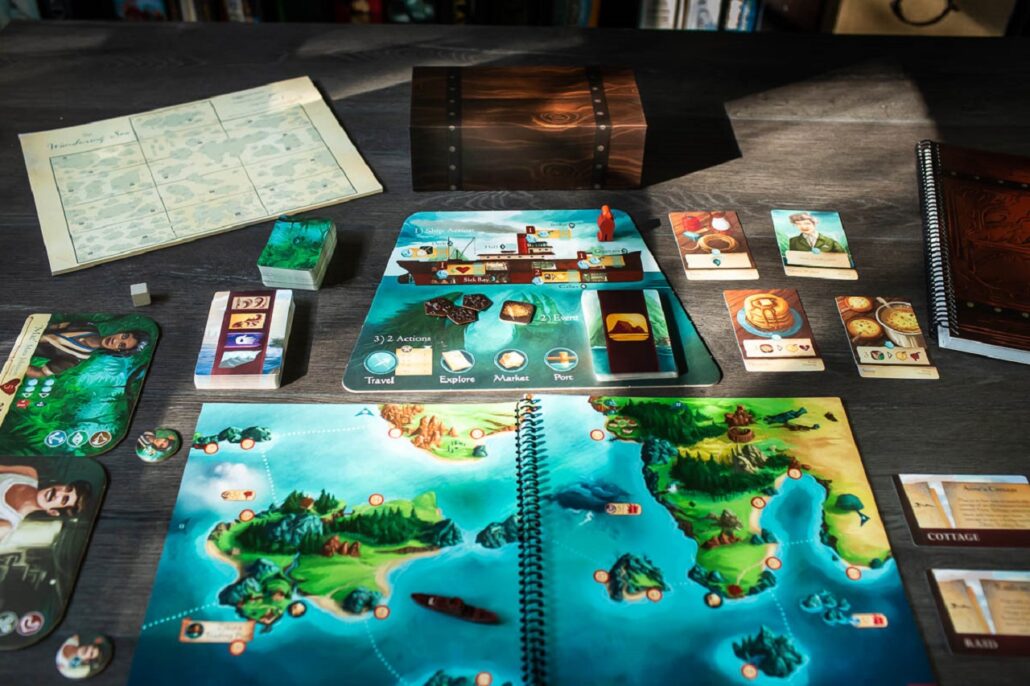
After choosing the theme, the time has come to choose an art style for your game. This step can be vital as any of the previous ones.
In today’s market, art can make or break your game. The outside and appearance of a game is as important as what it holds inside its gameplay.
Don’t act hastily and see what is the best choice for your game and its graphical features. Ask other people’s opinion about your choice and see if they like it or not.
Find Artist for Your Board Game
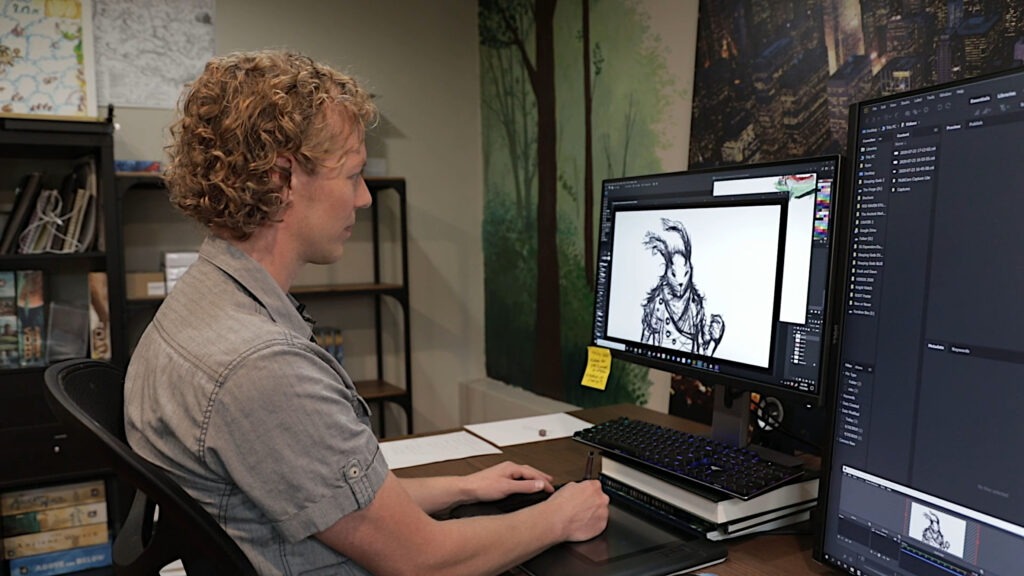
When you made your choice finalized about the art style, you should find an artist to make the graphical assets for you. You have some options to consider:
- Create the Art Yourself: If you are an artist yourself, you can create the art yourself. Some great designers, like Ryan Laukat, provide awesome art pieces for their own games.
- Collaborate With Someone You Know: You can team-up with an artist you know and give the opportunity to them. There are a lot of great dues in the board game industry; like Vital Lacerda and Ian O’toole who form a legendary team that deliver great games with awesome art.
Outsourcing Your Board Game Art: It is your best bet if you are not an artist yourself or know anything who is capable of doing a solid job. Outsourcing art companies can do the job with best qualities and prices.
If You Want An Immaculate Art For Your Board Game, Contact the Experts at Pixune Studios
Pixune as a game art outsourcing partner offers the best outsourcing game art services and even sculpting for 3D figures and assets. If you want your game to outshine in the market, you are just a conversation away to have the best artists working on your board game.
Make a Pretty Prototype
After receiving and applying the art to your game parts, it’s time to make a nice and pretty prototype.
Unlike the first prototype this one needs to be how you want your game to look like and you should go out of your way to make it look finalized and polished.
This prototype is going to be presented to publishers or via game trailers on the crowdfunding sites.
Blind Test
Now you should blind test your game. It means that you should provide strangers groups who do not know about you or your game and let them try to learn the game by reading the rule book.
After the test, you should receive their opinions via online outlets or questionnaires. You shouldn’t go and ask them about the game directly, because that will affect their judgment.
Sell Your Board Game Idea
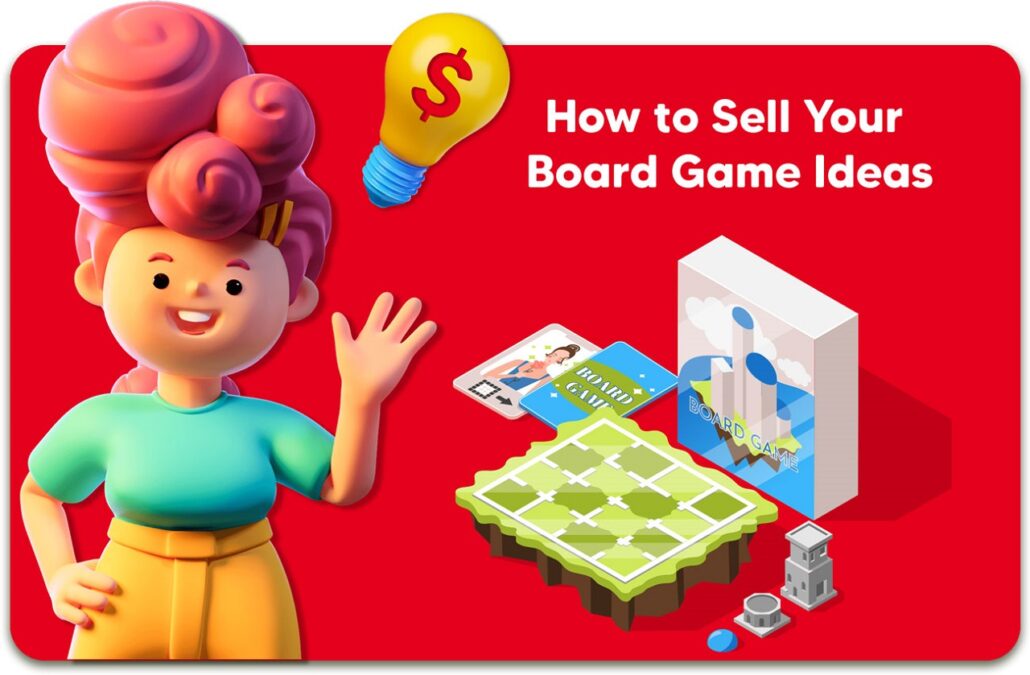
There are 3 main ways that you can sell your board game idea. The following are the main paths:
- Publish the Game by Yourself
- Crowdfunding Your Game
- Sell Your Idea to a Board Game Publisher
You can read how to do any of these or their pros and cons in this article. It can help you through the hard steps of selling your own board game; so go on and read it right away if you haven’t already!
Final Words
The career of being a board game designer appears to be so tempting and attractive to a lot of people. But, it is easier said than done.
Take your time with your first game and don’t expect it to be the greatest hit. If you are as good as you think, hopefully you will get there soon.
Play more and learn more. Write your ideas down and analyze them and just start what you love to do by going through this guideline. Good luck!
